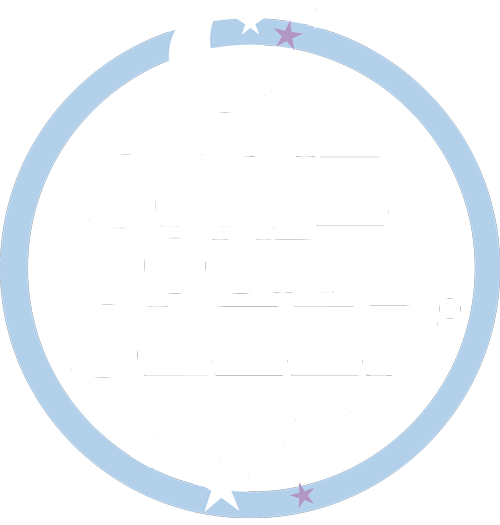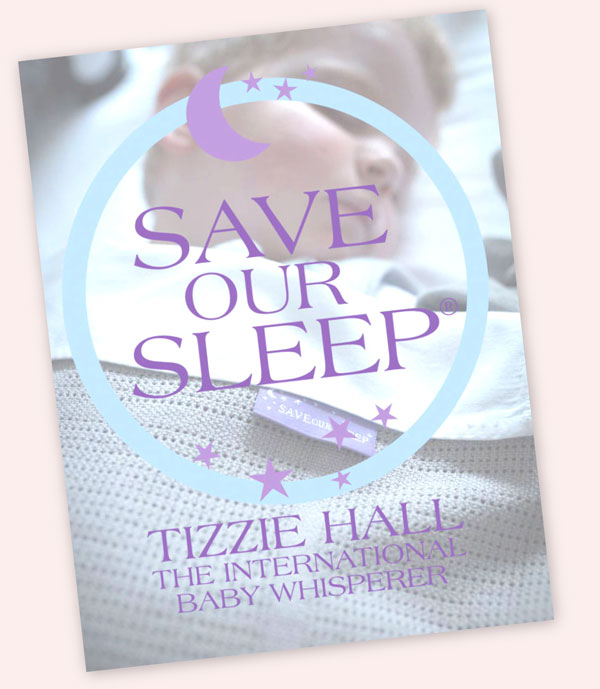Sudden Infant Death Syndrome (SIDS), formerly known as ‘cot death’, refers to the sudden unexpected death of a baby from no known cause. Sudden Unexpected Death of an Infant (SUDI) refers to the sudden unexpected death of an infant where a possible but not proven cause appears for example, fatal sleeping accidents.
SIDS is the most common cause of death in babies between one month and one year of age but the majority of babies who die of SIDS are under six months of age.
More babies die of SIDS in winter than summer. To this day, the cause of SIDS remains unknown and there is no way of predicting which babies it will affect. However, what has been discovered is that some factors are thought to reduce the risk of SIDS. Since parents were first made aware of these factors through the educational program introduced by SIDS and Kids in Australia in 1991, SIDS deaths have dropped by about 70 per cent.
Babies and young children spend a lot of their time sleeping, so you need to be aware that some sleeping arrangements are not safe and can increase the risk of SIDS and SUDI.
Research has found some important ways to reduce the risk of SIDS and create a safe sleeping environment for babies and young children. This newsletter issue provides you with information to help you create such an environment for your baby or child.
SAFE SLEEPING
Sleeping a baby on her back reduces the risk of SIDS and SUDI. The chance of babies dying of SIDS or SUDI is greater if they sleep on their tummies or sides. Healthy babies placed to sleep on their backs are also less likely to choke on their vomit than babies placed on their tummies to sleep.
Babysitters, nannies, staff at day care centres and other people who care for your baby may not know that tummy– and side-sleeping increase the risk of SIDS. Explain this to them before you leave your baby in their care.
Toddlers over 24 months can turn over and move around the cot should be put to bed on their backs but then let them find their own sleeping position. The risk of SIDS in toddlers over 24 months is extremely low.
Make sure your baby’s face and head stay uncovered while your baby is sleeping. A good way to ensure this is to put your baby’s feet at the bottom of the cot so that she can’t slip down underneath the bedclothes.
I no longer recommend tucking blankets in for several reasons. Firstly, there is still space for air between your baby’s sides and the blankets that will make your baby cold. Secondly, if a cold baby rolls onto her tummy and then slips down under the tucked in blankets, she can get stuck face down. And thirdly, if your baby happens to slip down on her back under the blankets, the blankets may be tucked too tightly for her to free herself.
Instead, I recommend a technique known as cocooning, where you lay the blankets over your baby (ensuring her face is not covered) and push them in at her sides to make her feel warm and secure.
You lay your baby at the foot of the cot, with any excess sleep bag tucked under your baby. Then place the blankets over your baby (ensuring his face is not covered), tuck in the blankets at the foot of the cot and then push the blankets in at his sides to make him feel warm, safe and secure.
If your baby rolls onto his tummy, the blankets will move with him, rather than trapping him face down in the mattress. He will be able to lift his head and the blankets up because the blankets are not tucked in tightly at teh sides.
An additional benefit of cocooning is that for an older baby or toddler, if he moves slightly in his sleep, the bedding will move with him, keeping him covered and warm, in return helping to keep him in the safe back sleeping position for as long as possible.
If you think back to when your little one was born, your midwife most likely cocooned him in blankets because hospitals also know cocooning is the safest way to sleep your baby.
Tips:
- Make sure your baby’s head remains uncovered during sleep.
- Do not put your baby to sleep on a waterbed or beanbag.
- Tummy play is safe and good for babies when they are awake and an adult is present, but never put your baby on her tummy to sleep.
- Put your baby on her back to sleep.
- Use a firm, clean and well-fitting mattress. Press your hand down firmly on the surface of the mattress. If you can still see the imprint of your hand, the surface is too soft for a baby to sleep on.
Never put quilts, doonas, duvets, pillows, lambskins or cot bumpers in a cot or under the sheet covering the mattress. All these are thought to increase the risk of SIDS. You might decide to use a safe sleep bag to help keep your baby’s bedding in place but these should be used with bedding and not as an alternative to bedding. If you do use one, make sure it has a fitted neck and arm-holes like the one I recommend.
Taking a baby into an adult bed may be unsafe as the baby could get caught under the adult bedding or pillows. The baby could also get trapped between the bed and the wall, or fall out of the bed, or an adult could roll onto the baby if they are sleeping very deeply or have taken any drugs or alcohol.
Safe places to sleep
Safe sleeping places when a baby is unsupervised include cots and travel cot.
Safe sleeping spaces when your baby is being supervised include pram and carseat when following the safe sleeping guidelines.
Cots
All new and secondhand cots sold in Australia must meet the Australian/ New Zealand Standard for cots (AS/NZ 2172) and will carry a label to say so. If you cannot find the label, do not risk buying the cot.
If you are using an old or secondhand cot in particular, check for the following problems:
- Wobbly or broken parts that make the cot less stable.
- Bars a toddler or baby could get caught between (shouldn’t be less than 50 mm or more than 85 mm).
- Knobs, corner posts or exposed bolts that could hook onto a toddler’s or baby’s clothing, especially around the neck.
- Too much space (more than 25 mm) between mattress and cot edge.
- Purchase a cot with four slatted sides without an enclosed end – the more air circulation, the lower the risk of SIDS and SUDI.
- Never use a plastic or PVC mattress protector in the cot because this stops air circulation and causes a baby to sweat.
- Never use a baby sleep bag made from a stretch material such as jersey.
- Never use a baby sleep bag with a zip down the side.
- Never use a baby sleep bag with poppers or buttons on the shoulders.
- Never tuck your baby’s sleep bag in under the cot mattress.
- Before using a baby sleep bag make sure it has fitted neck and arm holes and check that your baby’s head cannot slip into the bag.
- Sides that are too low and can be climbed over by active little toddlers.
- Sharp catches or holes in the wood that can hurt curious fingers.
- Old paint that might contain poisonous lead.
- Solid ends reduce the air circulation in a cot. I recommend open-slatted cots on all four sides.
Babies can become trapped in a tilted rocking cot or cradle. If you have a rocking cradle or cot with a locking pin, make sure you secure the pin firmly in place whenever you leave your baby and check to make sure the cradle cannot move in your absence.
Portable travel cots
These are sometimes called portacots. Always use the firm mattress that is supplied with the cot and don’t add additional padding under or over the mattress as your baby may become trapped face-down in the gaps created between the mattress and the cot wall.
There is a separate Australian/New Zealand Standard that is used for all portable cots (AS/ NZ 2195) and all cots that reach this standard will carry a label to say so. Although they meet the Australian/New Zealand Standard, I do not recommend any portable cot that comes with an inflatable mattress. If the valve leaks then air can escape, leaving a sleeping surface that could be too soft and increase the risk of a sleeping accident.
Safe bedding
An unsupervised adult bed may be unsafe for babies or toddlers because they could get caught under bedding or pillows, become trapped between the wall and the bed or fall out. The risk of accident is increased if you leave the baby or toddler alone on an adult bed or bunk bed.
Never put your baby or toddler in a soft place to sleep because her face may become covered. If you fall asleep with your baby while on a couch or sofa, there is a very high risk of a sleeping accident. Babies don’t need pillows, cushions or tri-pillows as they are too soft and can cover baby’s face. Don’t ever put your baby or toddler on a waterbed or beanbag.




